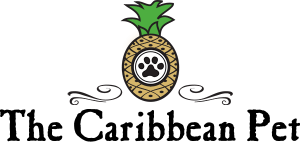- Language: English (Creole and French widely spoken)
- Currency: Eastern Caribbean dollar
- Temperature: Average 80°F year-round
- Square Miles: 290 Approx.
- Population: 72,000
ABOUT. Dominica is one of the youngest islands in the Caribbean chain at 26 million years old, it is still actively evolving with continuous geothermal activity. The original people of the Eastern Caribbean, the Carib Indians, call Dominica Wai’tukubuli, meaning “Tall is her body.” The Commonwealth of Dominica, the largest of the Windward Islands, is a lush, green, volcanic island. It is rather poor and undeveloped, much of it covered with rainforest. Hot springs, pristine rivers, and tropical terrain make Dominica an ecotourism destination. Dominica, whose capital is Roseau, lies between Guadeloupe and Martinique. It is sparsely populated, and while the official language is English, a large part of the population speaks Creole.
Dominica’s first inhabitants, the Ortoroids, arrived from South America around 3100 B.C., and lasted on the island until around 400 B.C. Next came the Arawaks, who settled in about 400 A.D. By 1400, the Kalinago or “Caribs,” moved aggressively up the Caribbean from South America, eliminating the Arawak from the region, including Dominica. Columbus ushered in the era of colonization to Dominica in 1493, the same fate that befell the Arawaks would threaten the Caribs. Columbus renamed the island Dominica. The Caribs successfully resisted efforts of Spanish colonization, but the British and French followed from the 1600s on, battling each other, and the Caribs, to claim the Island. Today approximately 2,000 Caribs remain on the island, most living in the Carib Territory in northeast Dominica.
On November 3rd 1978, the island was finally granted its independence from Britain. Today, the Government of Dominica is investing heavily in tourism to drive economic development, focusing on the island’s natural beauty, and activities of diving, hiking and eco tours. Dominica is a vibrant tapestry of European and African cultures, with the Caribbean’s only remaining population of pre-Columbian Carib Indians. Properly known as the Kalinago, Dominica’s indigenous people inhabit a 3,700 acres territory or reserve on the eastern coast of the island. It is still possible to experience their ancestral roots, especially from their craft, canoe building.

